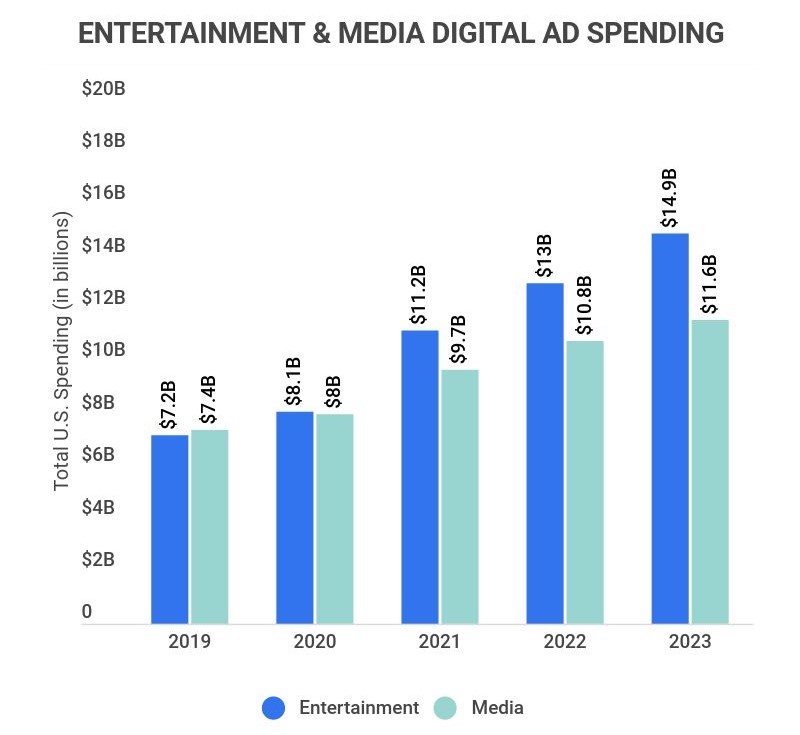Digital Insights
Your go-to source for the latest in technology and gadget reviews.
Streaming Wars: The Showdown That Never Ends
Dive into the Streaming Wars! Discover the fierce battle for viewers and what it means for your favorite shows. Don't miss the showdown!
The Evolution of Streaming Services: How We Got Here
The journey of streaming services began in the late 1990s with the advent of internet radio, offering users a glimpse into what would eventually become a revolution in media consumption. Early adopters like RealAudio and technologies such as Shoutcast paved the way for audio streaming. However, it wasn't until the mid-2000s, with the rise of broadband internet, that video streaming gained significant traction. Services like YouTube and Netflix, which initially started as DVD rental services, quickly adapted to this new medium, transforming how audiences consumed films and television shows.
As technology advanced, streaming platforms exploded in popularity, leading to the emergence of numerous competitors. The launch of Amazon Prime Video in 2011 and the subsequent entry of services like Disney+ and Hulu heralded a new era of competition and content variety. Today's streaming services not only provide vast libraries of movies and TV shows but also invest heavily in original programming to attract subscribers. The evolution continues, as these platforms explore innovative technologies like 4K streaming and interactive content, shaping the future of how we consume media.

Top Streaming Platforms Compared: Features, Pricing, and Exclusive Content
In today's digital age, streaming platforms have revolutionized the way we consume content. With numerous services available, it can be challenging to choose the right one. Top streaming platforms like Netflix, Hulu, Disney+, and Amazon Prime Video each bring unique features to the table. For instance, Netflix offers a vast library of films and series, while Disney+ provides exclusive access to beloved franchises like Marvel and Star Wars. Furthermore, features such as user profiles, offline viewing, and simultaneous streaming on multiple devices enhance the viewing experience.
When it comes to pricing, these platforms cater to various budgets. Netflix offers tiered subscription plans, starting from a basic plan at $8.99 per month to their premium tier at $17.99. On the other hand, Disney+ offers a more affordable flat rate of $7.99 monthly, making it a solid choice for families. In addition to pricing, exclusive content can be a game-changer; for example, Amazon Prime Video features hit originals like "The Boys" and "The Marvelous Mrs. Maisel," while Hulu boasts a solid lineup of current TV shows and originals. Assessing these elements will help viewers make informed decisions about which streaming service best fits their needs.
Will There Ever Be a Winner in the Streaming Wars?
The streaming wars have evolved rapidly over the past few years, with numerous platforms like Netflix, Amazon Prime, Disney+, and Hulu competing fiercely for viewer attention. Each service rolls out exclusive content and original programming, making it challenging for consumers to decide which platform offers the best value. As they continue to innovate and expand their libraries, the question arises: will there ever be a definitive winner in this digital battleground of entertainment? The answer may not be as simple as identifying one victor; instead, we might witness a landscape where multiple platforms coexist, each catering to different segments of the audience.
One thing is clear—consumer preferences are shifting. With the rise of ad-supported streaming options and bundled subscriptions, viewers are now more inclined to explore various options rather than commit to one service. This diversification suggests that while there may never be a single winner in the streaming wars, the competition will ultimately benefit the audience through improved content offerings and lower prices. The winners, in this case, are the viewers who will enjoy a tapestry of entertainment choices that keep evolving as these giants vie for supremacy.